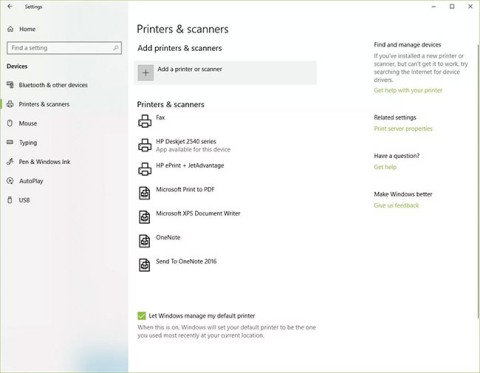The most commonly deficient nutrients in the diet

Diet is important to our health. Yet most of our meals are lacking in these six important nutrients.
Emotions are complex. Sometimes you can feel two different emotions at once, while other times you may not know what you're feeling or what to do. To understand what's going on, psychologist Robert Plutchik simplified the range of potential emotional states into a visual model called the wheel of emotions .

Plutchik's Wheel of Emotions describes eight core emotions that lie at the heart of our experiences, reactions, and feelings. You can use this wheel as a starting point to analyze why you're feeling that way, what your emotions are trying to tell you, and what to do about it.
How the wheel of emotions works
Plutchik’s wheel of emotions is shaped like a colorful flower. Eight core emotions form the center of the flower, and each petal conveys different levels of those emotions. The distance between two petals represents how those emotions can be combined.
Different emotional intensities are sometimes described as follows:

Here is an overview of the primary emotions, their associated secondary and tertiary emotions:
How to use the wheel of emotions to improve mental health
As a tool for labeling
Labeling is a powerful tool for stopping the emotional spirals that cause chaos in your mind. Instead of pushing emotions away, labeling can help you make sense of them.
Emotions and logical thinking occur in two different parts of the brain. Labeling takes you out of the emotional circuitry and pushes your thinking into the prefrontal cortex, the part of your brain that helps you reason and solve problems.
Try using the emotions wheel whenever you notice yourself feeling something, whether positive or negative. The more you practice labeling your emotions, the better you'll be able to choose how to respond.
As a tool for self-awareness
As you begin to pay attention to your emotions, whether through journaling, coaching, or some other form, you develop self-awareness.
The wheel of emotions can help you expand your emotional vocabulary.
For example, let's say you're feeling exhausted and having trouble staying motivated and focused on work. You might look up "optimism" on the emotion wheel and see that it's a combination of joy and anticipation.
Knowing the primary emotions that lie beneath the surface of your emotions can help you understand the triggers that trigger your emotional responses.
As an emotional regulator
Emotional regulation is the ability to remain calm, composed, and focused despite stress. People with strong emotional regulation skills are more resilient and perform better in teams.
Unfortunately, many people feel the first signs of discomfort and shut down. Instead of reacting to stress by trying to minimize it, you can use the wheel of emotions to identify your emotional needs.
Diet is important to our health. Yet most of our meals are lacking in these six important nutrients.
At first glance, AirPods look just like any other true wireless earbuds. But that all changed when a few little-known features were discovered.
In this article, we will guide you how to regain access to your hard drive when it fails. Let's follow along!
Dental floss is a common tool for cleaning teeth, however, not everyone knows how to use it properly. Below are instructions on how to use dental floss to clean teeth effectively.
Building muscle takes time and the right training, but its something anyone can do. Heres how to build muscle, according to experts.
In addition to regular exercise and not smoking, diet is one of the best ways to protect your heart. Here are the best diets for heart health.
The third trimester is often the most difficult time to sleep during pregnancy. Here are some ways to treat insomnia in the third trimester.
There are many ways to lose weight without changing anything in your diet. Here are some scientifically proven automatic weight loss or calorie-burning methods that anyone can use.
Apple has introduced iOS 26 – a major update with a brand new frosted glass design, smarter experiences, and improvements to familiar apps.
Yoga can provide many health benefits, including better sleep. Because yoga can be relaxing and restorative, its a great way to beat insomnia after a busy day.
The flower of the other shore is a unique flower, carrying many unique meanings. So what is the flower of the other shore, is the flower of the other shore real, what is the meaning and legend of the flower of the other shore?
Craving for snacks but afraid of gaining weight? Dont worry, lets explore together many types of weight loss snacks that are high in fiber, low in calories without making you try to starve yourself.
Prioritizing a consistent sleep schedule and evening routine can help improve the quality of your sleep. Heres what you need to know to stop tossing and turning at night.
Adding a printer to Windows 10 is simple, although the process for wired devices will be different than for wireless devices.
You want to have a beautiful, shiny, healthy nail quickly. The simple tips for beautiful nails below will be useful for you.













